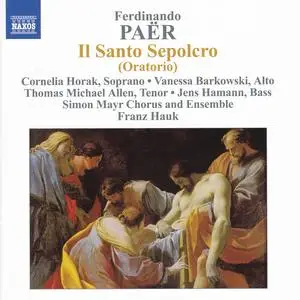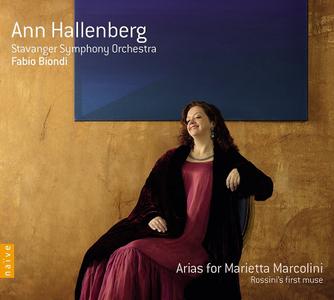Franz Hauk, Simon Mayr Ensemble - Ferdinando Paër: Il Santo Sepolcro (2012)
EAC | FLAC | Tracks (Cue & Log) ~ 296 Mb | Total time: 70:15 | Scans included
Classical | Label: Naxos | # 8.572492 | Recorded: 2008
EAC | FLAC | Tracks (Cue & Log) ~ 296 Mb | Total time: 70:15 | Scans included
Classical | Label: Naxos | # 8.572492 | Recorded: 2008
Together with Johann Simon Mayr, Ferdinando Paër counts as one of the most important opera composers of his day, and he was unable to resist filling his oratorio on Christ’s Passion, Il Santo Sepolcro with expressive extremes. Pain and grief contrast with joy and hope, and scenes including the terrible hours of the crucifixion, frenzy of the crowd, resurrection and Last Judgment are given potently descriptive music. Originally a prelude to Haydn’s Seven Last Words, Mayr’s Invito is a call to hear Paër’s incomparable narrative.



